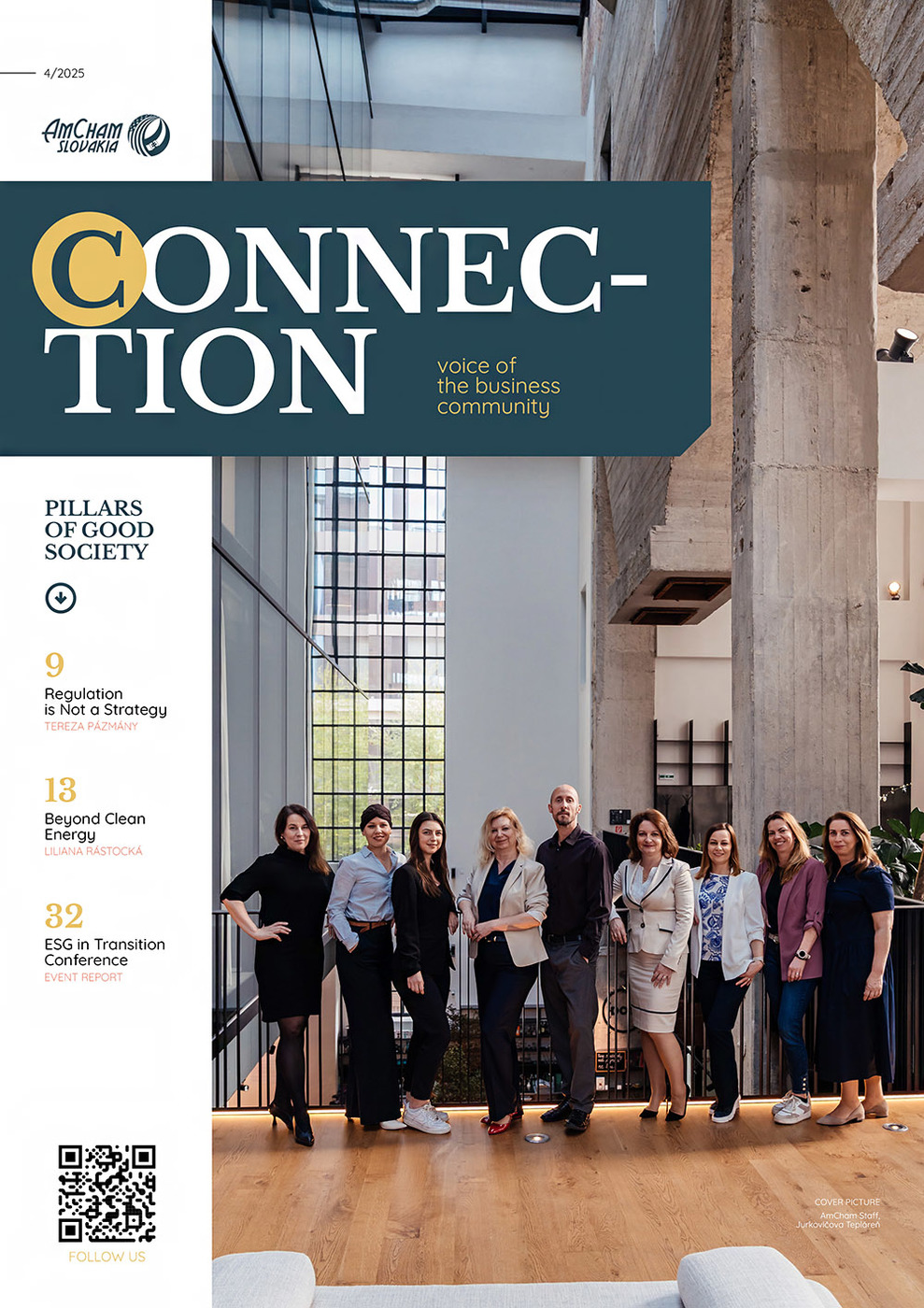In this context, the nation must transform its significant public expenditures, particularly in energy, into a virtuous cycle of sustainable innovation. While Slovakia stands as a European leader in clean electricity, this single achievement is insufficient. True, lasting sustainability is an outcome built upon a robust societal foundation. Though Slovakia has successfully erected the pillar of a low-carbon energy grid, it must now construct the supporting pillars of effective governance, economic foresight, and public trust to unlock its full potential.
 The Slovak Energy Paradox: Why a Clean Energy Leader Lags in Sustainable Innovation
The Slovak Energy Paradox: Why a Clean Energy Leader Lags in Sustainable Innovation
The first and most prominent pillar is Slovakia’s clean energy advantage, an asset built through strategic, capital-intensive investment. With nuclear power comprising 61% of its electricity mix, second only to France in the EU, and a successful phase-out of coal, the nation has driven the carbon intensity of its electricity below the 100 g/kW threshold. This figure is set to fall even further, to a remarkable 85 g CO2/kW, with the launch of another nuclear reactor in 2026. However, this pillar came at a great cost, contributing significantly to the nation’s fiscal burden. This reality transforms the clean grid from a mere opportunity into an economic necessity. To justify the investment borne by taxpayers, Slovakia has a responsibility to actively market this stable, clean energy to attract high-value, future-proof industries like semiconductor manufacturing, data centres, and green hydrogen production. Doing so would create a self-reinforcing cycle where economic growth finances further green transitions.
However, this powerful energy pillar stands on unstable ground, weakened by foundational cracks in the nation’s societal and institutional framework. Progress beyond the nuclear and coal sectors has faltered, revealing a significant lag in harnessing renewable potential. Slovakia ranks near the bottom of the EU in both installed solar and wind capacity, reflecting not a lack of resources but an underdeveloped “societal toolkit” to wield them. This is most evident in the pillar of governance, which suffers from deep institutional friction. Investors in renewables face prohibitive grid connection costs and protracted permitting processes, while national strategies like the National Energy and Climate Plan (NECP) lack the ambition needed to achieve carbon neutrality by 2050.
Compounding this is a fragile pillar of economic stability. The Slovak economy is grappling with the highest increase in uncertainty among EU nations, a climate that stifles the long-term investment essential for innovation. With a focus on short-term fiscal survival, strategic investments are at risk.
Finally, the pillar of public trust is critically eroded. The “Not In My Back Yard” (NIMBY) effect obstructing wind projects is a direct symptom of citizens’ lack of confidence in public institutions to manage developments fairly and transparently. This trust deficit extends to the financial ecosystem, where Slovakia scores lowest among its regional peers in CEE for the growth potential of sustainable banking.
Time to Unlock the Potential and Build on Our Strengths
Despite these formidable challenges, a clear blueprint exists for constructing the missing pillars and securing a sustainable future.
- The first step is to leverage the existing clean energy advantage as an economic lever to attract investment and generate the financial capacity for further transition.
- Secondly, policymakers must harness the strong public will for climate action that already exists, which manifests as a clear and consistent demand for state-supported energy efficiency measures and innovations. For example, a majority of Slovaks (51%) identify subsidies for building renovations as the top priority for tackling high energy costs and reducing fossil fuel dependency, a preference also ranked highest (44%) for addressing climate change itself. The government’s task is therefore not to create public will, but to channel it through clear, accessible financial frameworks.
- Finally, Slovakia must champion a pillar of smart and functional regulation. The goal is not deregulation but a “smart substitution” of outdated bureaucracy with evidence-based frameworks that enable market discipline. The upcoming amendment to the Energy Act, designed to remove barriers for Guaranteed Energy Services, serves as a prime example of such a structural shift. By replacing inadequate NECP targets with ambitious, scientifically grounded pathways, Slovakia can create an intelligent regulatory environment that reduces administrative burdens while enhancing transparency and effectiveness.
Ultimately, sustainable innovation is not a starting point but the outcome of a society that is cohesive, well-governed, and forward-looking. Slovakia has already accomplished the monumental task of building a clean energy grid, a crucial pillar for its future. The imperative now is to dedicate the same focus and resources to constructing the others: rebuilding institutional trust, fostering a culture of effective governance, and empowering the citizens who are ready to build the sustainable future they already support.
Liliana Rástocká, Consultant, PA Matters s.r.o.



Follow us